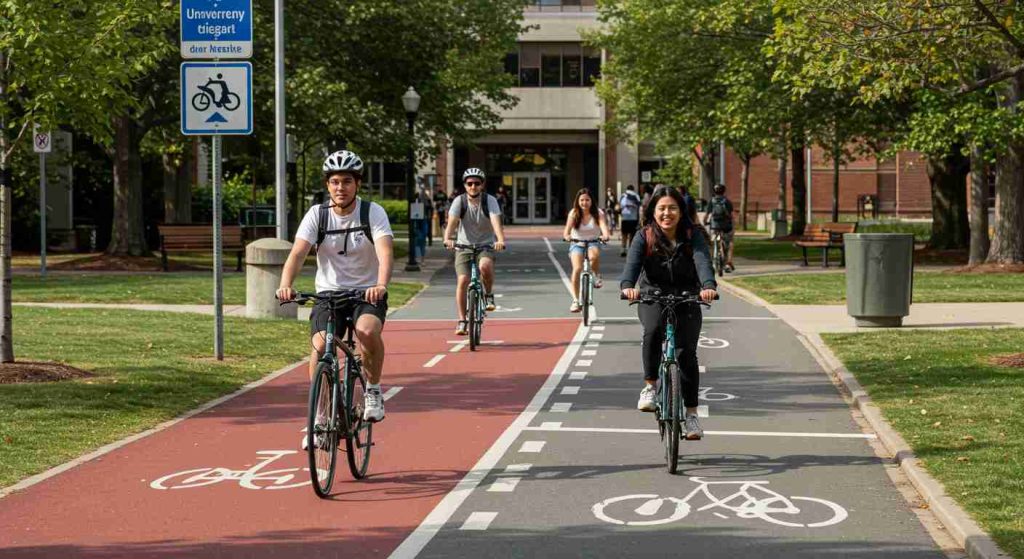

**Crucial Safety Recommendations for Riverside Motorcyclists to Avoid Accidents**
Riding motorcycles along riverside paths provides stunning vistas and an unparalleled sense of freedom. However, these picturesque journeys also present unique dangers. To guarantee a secure trip, motorcyclists need to follow particular safety protocols. Here are vital suggestions to avert accidents while savoring riverside rides.
**1. Wear Proper Equipment:**
Safety apparel is indispensable. Always don a DOT-approved helmet, gloves, durable boots, and protective clothing. Bright or reflective attire boosts visibility, which is essential along twisting riverside roads where visibility may be compromised.
**2. Perform a Pre-Ride Check:**
Prior to embarking, examine your motorcycle. Verify tire pressure, brakes, lights, and fluid levels. Ensure your mirrors are correctly adjusted for the best rear visibility. A well-cared-for bike is less prone to breakdowns, minimizing accident risks.
**3. Stay Conscious of Road Conditions:**
Riverside roads can be unpredictable, with possible dangers like wet surfaces, fallen branches, or loose gravel. Ride at a pace that allows adequate reaction time to these conditions. Reduce speed as you approach turns or curves, as these spots can harbor hidden threats.
**4. Ensure Visibility:**
Visibility is essential, particularly in regions with thick vegetation or during low-light situations. Utilize your headlights, even in daylight, to improve visibility to other drivers. Position yourself in the lane where you can be most seen by oncoming traffic.
**5. Keep a Safe Following Distance:**
Maintain a safe gap between your motorcycle and the vehicle ahead. This cushion provides enough time to respond to abrupt stops or obstacles. The advised following distance is at least two seconds, but extend this in poor weather conditions.
**6. Exercise Caution at Intersections:**
Intersections frequently see accidents. Slow down, look in both directions, and be ready to stop. Establish eye contact with drivers to confirm they see you before moving forward.
**7. Minimize Distractions:**
Concentrate on the road. Refrain from using mobile devices or participating in activities that take your attention away. If you need to reference a map or make a call, pull over safely first.
**8. Adjust to Weather Conditions:**
Weather near rivers can shift quickly. Be ready for rain or fog, which can impair visibility and road grip. Modify your speed and riding technique accordingly, and contemplate delaying your ride in severe weather.
**9. Ride Sober:**
Never ride while under the influence of alcohol or drugs. Impaired judgment and slower reaction times considerably heighten the risk of accidents. Always maintain full control of your faculties while riding.
**10. Attend a Motorcycle Safety Course:**
Ongoing education is essential. Sign up for a motorcycle safety course to refresh your skills and learn advanced strategies for managing your bike in various circumstances. Such courses often offer valuable knowledge on accident prevention.
**Conclusion:**
Motorcycling along riverside routes can be an exhilarating adventure, but safety must be the priority. By adhering to these crucial guidelines, motorcyclists can greatly decrease the likelihood of accidents and relish their rides with confidence. Remember, the road is utilized by many, and responsible riding guarantees safety for all.






